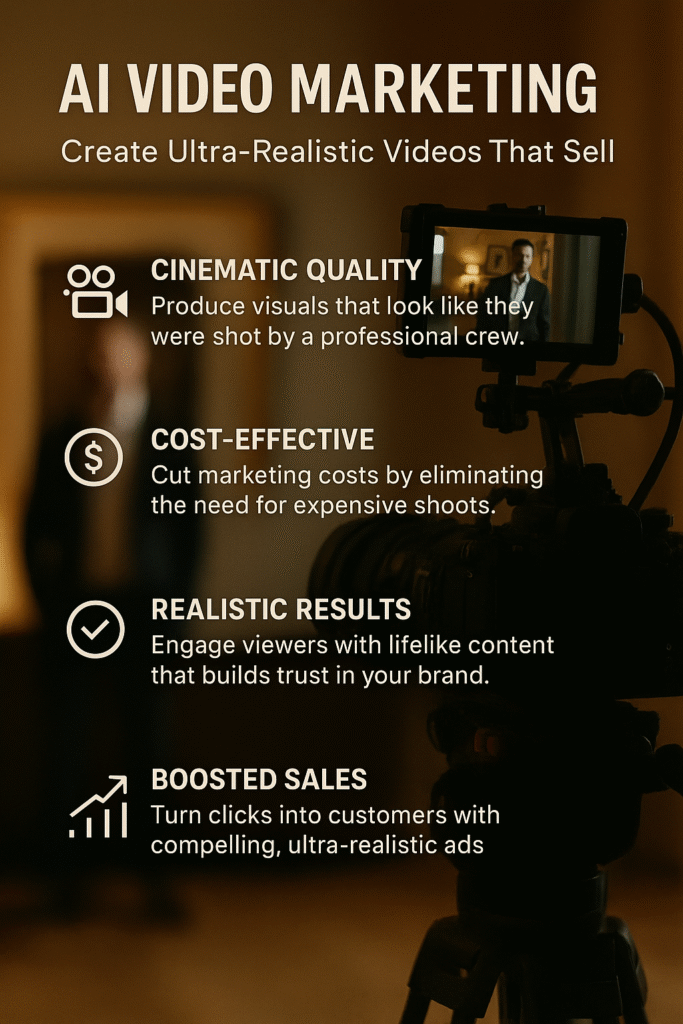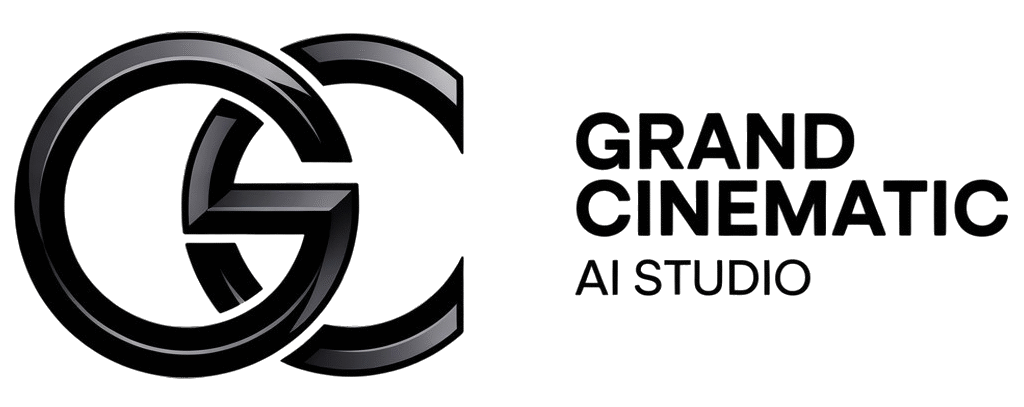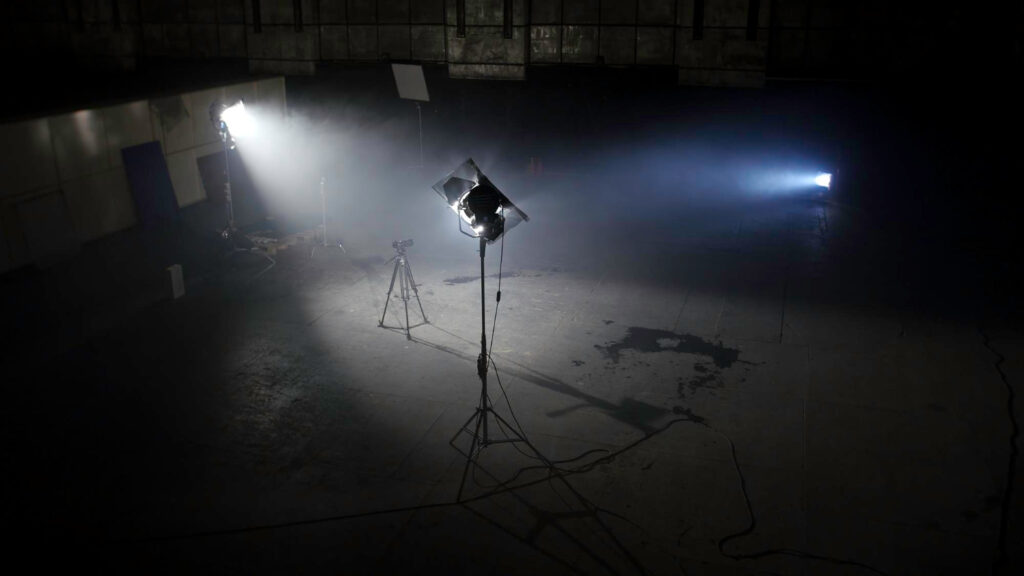Few things grip an audience like a well‑told story. In an era where customer attention is fleeting, the difference between being forgotten and leaving a lasting impression often comes down to the quality of your storytelling. That is why Grand Cinematic positions itself at the intersection of cutting‑edge artificial intelligence and Hollywood‑calibre filmmaking.
According to the brand’s own manifesto, Grand Cinematic crafts “compelling AI video marketing stories that rank, convert and build authority,” delivering ultra‑realistic, Hollywood‑quality video ads and branded reels through AI‑powered campaigns.
This isn’t just marketing jargon; it reflects a seismic shift in how modern businesses connect with audiences. In 2025, 78 % of global companies already use AI in their daily operations (explodingtopics.com), and 88 % of marketers rely on AI every dayseo.com. With adoption accelerating—92 % of companies plan to increase investment in AI over the next three years (explodingtopics.com)—the opportunity for small businesses to harness cinematic AI storytelling has never been greater.
Table of Contents
What Is AI‑Driven Cinematic Marketing?
Traditional video production is labour‑intensive and expensive. Cinematic realism, characterised by thoughtful narratives, realistic visuals, emotional pacing and immersive sound design, has historically been out of reach for many small and medium‑sized businesses. AI‑driven cinematic marketing democratizes that craft. It combines generative video models, advanced text‑to‑speech/voice‑cloning and intelligent editing tools to produce realistic ads, product demos and story‑driven brand films in a fraction of the time and cost.
The scale of the opportunity is staggering. The global AI marketing industry is worth $47.32 billion in 2025, up from $12.05 billion in 2020, and is projected to exceed $107 billion by 2028 (seo.com). Adoption is widespread: 88 % of marketers use AI daily, 92 % of businesses plan to invest soon, and 93 % of marketers say AI helps them create content faster (seo.com). In parallel, 81 % of digital marketers report that AI increases brand awareness and sales (seo.com), and 83 % appreciate that AI frees them to focus on more strategic tasks (seo.com).
By weaving cinematic storytelling into these AI tools, Grand Cinematic helps businesses produce immersive narratives that feel handcrafted—even though AI significantly accelerates the process. The result is marketing that “feels human‑made, but powered by cutting‑edge AI” (grandcinematic.com).
Why Cinematic AI Matters for Small Businesses and Real Estate

Small businesses are no strangers to resource constraints. Hiring a full production crew, renting equipment and covering post‑production costs can quickly strain budgets. AI transforms that equation. Consider these facts:
- Productivity and cost savings: More than half of companies that deploy AI report increased productivity (thrivemyway.com), while 44 % see a reduction in operating costs (thrivemyway.com). These savings come from automating repetitive tasks, such as editing, colour grading and scheduling social posts, which allows teams to focus on strategy and creativity.
- Lead generation: Implementing AI in a sales department can increase leads by more than 50 % (thrivemyway.com). For real‑estate and home‑service providers, this translates into more qualified buyer inquiries and faster sales cycles.
- Market adoption: Although only 28 % of companies currently use AI specifically for marketing (thrivemyway.com), a striking 84 % of marketers believe AI is the most important technology for their work (thrivemyway.com). With India—Grand Cinematic’s home market—leading the world in AI adoption (59 % of companies) (explodingtopics.com), local businesses have a unique opportunity to gain a competitive edge.
For real‑estate and construction firms, the impact is even more pronounced. AI‑generated video tours can showcase properties in lifelike detail, while AI‑driven ad targeting ensures that the most interested buyers see the content. When paired with cinematic storytelling—smooth camera movements, natural lighting and narrative arcs—these videos evoke an emotional connection that static images simply cannot deliver.
Crafting Your Cinematic Story: A Step‑By‑Step Guide
Even with AI tools, great storytelling remains essential. Here’s how to approach your next AI‑powered marketing project to achieve cinematic realism:
- Know your audience and purpose. Identify the personas you’re addressing and the emotional response you want to evoke—be it trust, excitement or urgency. Use analytics to understand their pain points and desires.
- Write a compelling script. Start with a hook that grabs attention, then build tension toward a clear resolution. Keep the script conversational and align it with your brand voice. Include a strong call‑to‑action (CTA) that tells viewers what to do next.
- Storyboard and plan visuals. Sketch out key scenes, noting composition, lighting and camera angles. Cinematic realism relies on visual variety: mix wide establishing shots with close‑ups, and use movement to convey energy or intimacy.
- Leverage AI production tools. Use generative video platforms to create base footage, avatars or 3D models. AI tools can also generate realistic voice‑overs in multiple languages and adjust tone or pacing on the fly.
- Edit for pacing and rhythm. Post‑production is where your narrative comes alive. Trim unnecessary scenes, add transitions and colour grade your footage to create a consistent look. AI editing assistants can suggest cuts or automatically match audio to visuals, but the creative decisions are still yours.
- Add sound design and music. Ambient sounds and cinematic scores evoke emotion and help guide viewers through the story. Many AI tools offer royalty‑free music and can even compose original tracks tailored to your video.
- Optimize for platforms and SEO. Create different aspect ratios (vertical for TikTok/Reels, horizontal for YouTube) and use AI to automatically generate subtitles, meta descriptions and keywords. This improves accessibility and search engine rankings.
Best Practices: Tips From The Trenches
To make the most of AI‑driven cinematic marketing, keep these strategies in mind:
- Focus on authenticity. AI accelerates production, but audiences respond to genuine stories. Use real testimonials, behind‑the‑scenes footage and humanised narratives.
- Experiment and iterate. 43 % of marketing companies are still in the experimentation phase with AI (seo.com). Test different formats, lengths and styles; then use analytics to refine your approach.
- Invest in training. Nearly 70 % of marketers say their employer doesn’t provide generative AI training (seo.com), and 43 % admit they don’t know how to maximize AI’s value (seo.com). Build internal skills or partner with experts to ensure your team extracts full value from AI tools.
- Manage privacy and ethics. Only 1 % of businesses that have invested in generative AI have fully recovered their investment (seo.com), and many cite privacy concerns as a barrier (seo.com). Be transparent about AI usage, respect data regulations and test content for bias.
- Combine AI with human creativity. AI can suggest edits or generate assets, but humans bring taste, empathy and cultural context. Use AI as a creative partner rather than a replacement.
A Cinematic Case Scenario: From Listing to Closing
Imagine a family‑run real‑estate agency in Dallas that wants to stand out in a saturated housing market. They partner with Grand Cinematic to create AI‑generated virtual tours and story‑driven ads for a new development. The agency begins by researching local buyer personas, young professionals looking for upscale condos, and writes a narrative around “finding your sanctuary.”
Using the most cutting-edge AI tools, Grand Cinematic generates hyper‑realistic interiors, natural lighting and smooth camera fly‑throughs. A virtual spokesperson (an AI‑generated avatar) narrates the story, highlighting design details and nearby amenities. The final edit, complete with custom music and targeted CTAs, is optimized for vertical and horizontal formats.
After launching the campaign on social media and local real‑estate portals, the agency sees a 50 %+ increase in qualified leads, mirroring broader research showing that AI‑enabled sales functions can boost lead generation by over 50 % (thrivemyway.com). The time their agents spend on administrative tasks drops, freeing them to focus on client relationships. Within a month, the development reaches full occupancy.
This fictional scenario illustrates how cinematic AI storytelling isn’t just an aesthetic choice—it’s a strategic advantage.
FAQs
What is AI video marketing?
AI video marketing uses machine‑learning tools to generate or enhance video content. It includes scriptwriting assistance, generative visuals, voice‑over synthesis and automated editing. By combining these elements, marketers can produce professional‑grade videos quickly and affordably.
How does cinematic realism improve engagement?
Cinematic realism uses storytelling techniques from film—character arcs, high‑quality visuals, dynamic pacing and evocative sound design—to evoke emotion. Research shows that 81 % of digital marketers see increased brand awareness and sales when using AI‑enhanced content (seo.com), indicating that realistic and emotionally resonant videos convert better than static ads.
Does AI replace human creativity?
No. AI accelerates production and offers suggestions, but the creative vision comes from humans. As 83 % of marketers note, AI frees up time to focus on strategy and creativity (seo.com). The best results occur when AI and human talent collaborate.
Is AI marketing only for large companies?
Not at all. Although enterprise adoption is high, India currently has the highest rate of AI deployment at 59 % (explodingtopics.com), and small‑ to medium‑sized businesses are rapidly catching up. Lower production costs, subscription‑based AI tools and expertise from agencies like Grand Cinematic make cinematic AI marketing accessible to startups and local firms.
How much does AI video production cost compared to traditional production?
While prices vary, AI production typically costs a fraction of traditional video shoots because it requires fewer crew members and less equipment. Savings also come from faster editing and automated tasks. Many small businesses can produce multiple AI‑generated videos for the cost of one traditional commercial.
What about training and data privacy?
Training remains a challenge—70 % of marketers report that their employers don’t provide generative AI training (seo.com). Additionally, concerns about data privacy and misuse mean that organisations should choose reputable tools, vet their data sources and follow ethical guidelines. Partnering with an experienced AI agency helps navigate these issues safely.
- How to Grow Your Business with Realistic AI Video Marketing - October 30, 2025
- AI Video Marketing 101: Why 2025 Is the Year of Video for SMBs - October 24, 2025
- What is AI Marketing For SMBs? The Ultimate Guide - September 30, 2025


